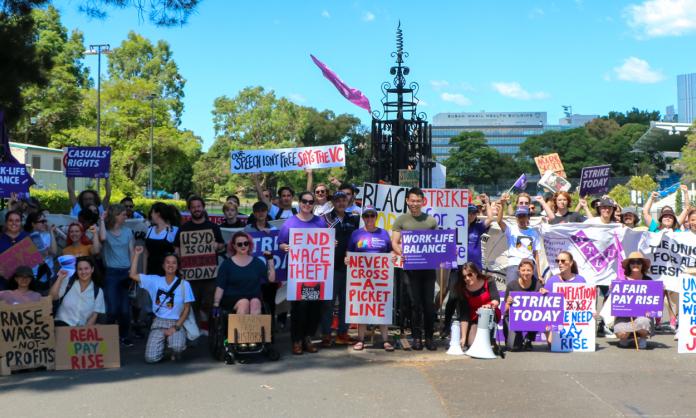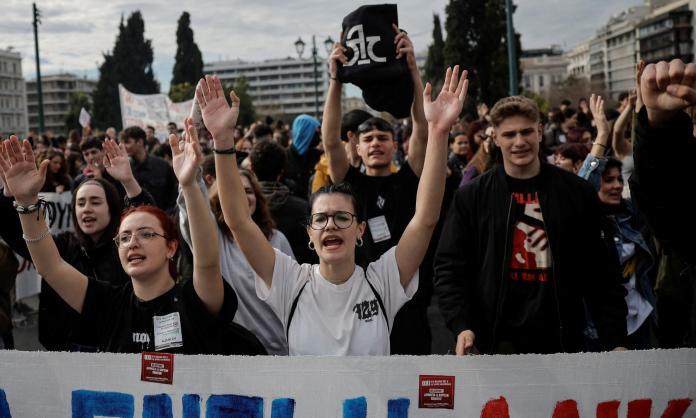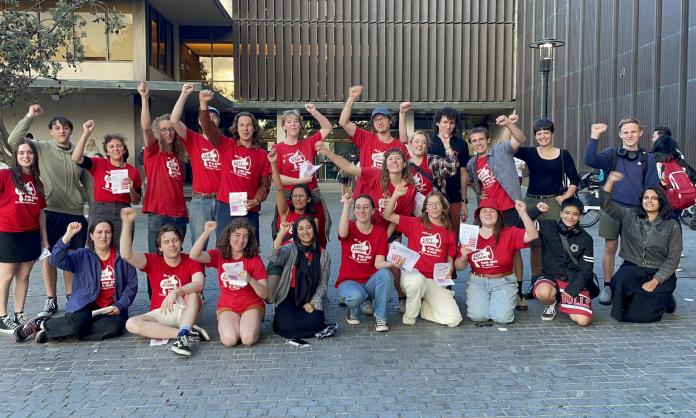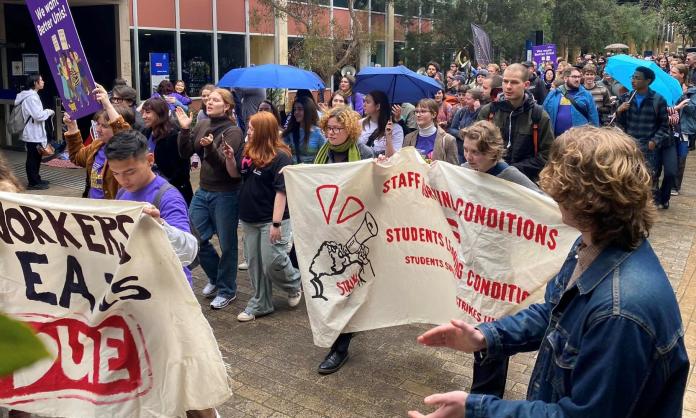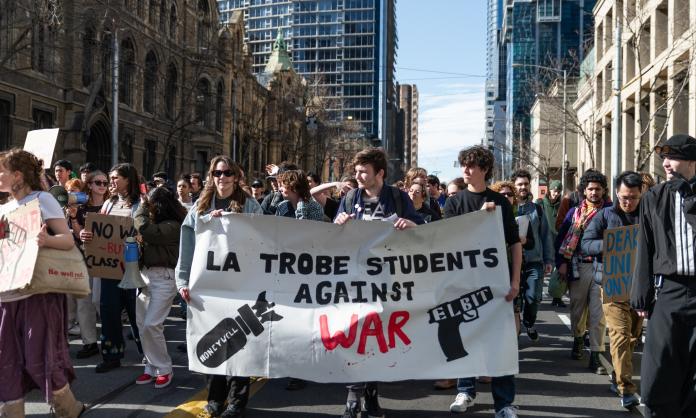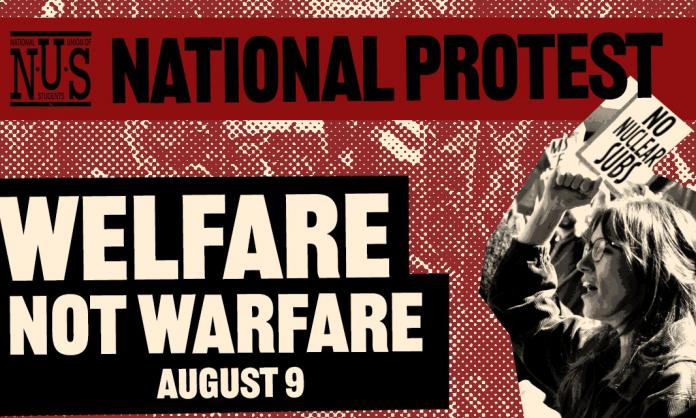University of Sydney staff went on strike for the fifth time in a year on 9 March. Tutors, lecturers and professional staff refused to teach classes, answer emails or attend to their regular duties for 24 hours. Eastern Avenue, normally a densely packed thoroughfare, was deserted. Fisher Library, where most students go to study on campus, was empty. The only activity occurred at the entrances to campus, where the National Tertiary Education Union had formed picket lines of staff, supported by students, to enforce the strike.
The atmosphere on the picket lines was exuberant, with chants such as, “Turn back, go away, USyd is on strike today!”, and “Bullshit, come off it, our education is not for profit!” heard echoing across campus. At each picket line, workers spoke to the few students and staff that tried to enter the campus, convincing many to turn around.
“The strike was the most well-attended and observed of any in our campaign so far, because staff are incensed by the wage offer from management”, Alma Torlakovic, a member of the union’s branch committee, explained to Red Flag.
“Their offer averages to about 3.3 percent per year, despite inflation currently running at 7.8 percent. The average admin worker would lose $100 a week, and we’d all end up losing thousands. We are demanding an annual pay rise of 5 percent, or inflation plus 1.5 percent, whichever is higher.”
Oliver, who works as an education designer, said staff have been forced to work harder with larger class sizes in the past two years. “We know this institution made a billion dollars surplus in 2021, we know this institution can afford to pay its staff reasonably”, he said.
Job insecurity is rife at the university. Half of all employees are casual, or three-quarters if those on short-term contracts are included.
“The university knows [I love to teach], and they love to abuse it”, Omer, a casual tutor in the business school, told Red Flag on the picket line. He has been refused a conversion to permanency three times, even though he has taught at the university for more than eighteen years. The university treats him like a new employee every semester, making him resubmit his CV and documentation.
“We are on strike because casuals are systematically exploited”, said Lucy, a member of the union’s branch committee and the USyd Casuals Network. “Amidst a cost-of-living and rental crisis, casuals are struggling to make ends meet. We need to end wage theft through backpaying casuals their stolen wages and setting in place solid ‘pay for all hours worked’ clauses. And we need enforceable conversion clauses to give casuals real pathways to permanent jobs.”
The university can choose not to renew the contracts of casual employees with almost zero notice. Fifty workers at the Student Centre were recently told that their contracts would not be renewed. Managers then said they would be hiring twenty full-time positions—which would be advertised both internally and externally—at the original pay grade, and then 30 more positions at a lower pay grade advertised only to current students and alumni.
According to Kevin, who has worked at the Student Centre since 2021, management’s motives are transparent: students can be rostered on for minimum one-hour shifts, unlike the current employees, who must be rostered on for minimum three hours.
Management also wants a reduction in Aboriginal and Torres Strait Islander employment targets. The union is demanding population parity.
Academic staff are determined to maintain a guaranteed research component in the agreement. Currently, Sydney University upholds the 40:40:20 system, which ensures that at least 40 percent of an academic’s workload is devoted to research, with the remainder split between teaching and administration.
The union has already called further strike action for this semester: a 48-hour strike in week six and a 72-hour strike in week ten.
The determination of the workers involved was summed up by Ryan, a striking PhD student: “What else are you going to do? Lie down and take it? If you don’t fight, you lose”.




